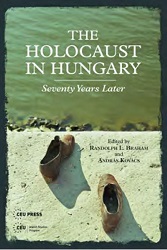
We kindly inform you that, as long as the subject affiliation of our 300.000+ articles is in progress, you might get unsufficient or no results on your third level or second level search. In this case, please broaden your search criteria.




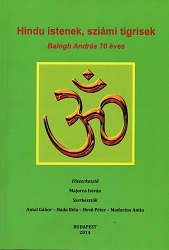
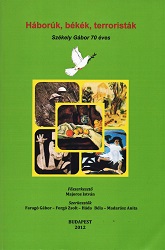
This book made for the seventieth birthday of Gábor Székely, Professor at the Eötvös Loránd University of Budapest, contains 51 studies. His colleagues wish him Happy Birthday.
More...
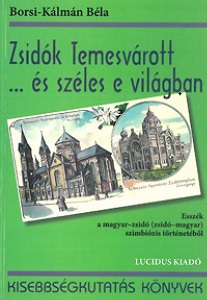
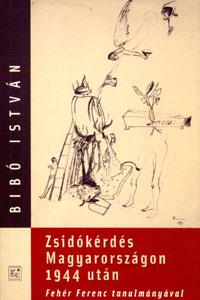




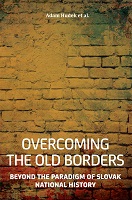
Jews were given a guarantee of equality by the Emancipation Act no. XVII/1867, which meant the same role for them like for all other citizens of Europe: to fulfil civil obligations and be loyal to the Hungarian statehood and the crown. They had to stop operating as a separate unit, that is, they had to suppress through reforms the cultural and ethnic particularities that distinguished them from the rest of the population and, consequently, to blend in with the majority, keeping their own religion at the most. Assimilation was intended as the consequence of emancipation and, in fact, its fulfilment. Such a liberal model, based on the Enlightenment ideals of the French Revolution, was in place everywhere in Western Europe. In the Hungarian intentions the assimilation had to take place toward the dominant ethnic Hungarian (Magyar) culture in order to strengthen its tenuous position within the boundaries of the historic Kingdom of Hungary, or, in other words, to increase at least statistically the number of ethnic Hungarians compared to other “nationalities”. In the beginning of the 20th century, Jews in Hungary amounted to about 6 % of the total population, which was a really high number compared with 1 % in Germany. The assimilation process in Hungary took place much faster than in Western Europe, or in less time, generally between the Compromise and World War I, and was most evident in the area of language. The difference was also in the fact that while the assimilation took place in the West in strong national cultures and modern economies, in Hungary it unrolled in generally less developed economic, cultural and political conditions.
More...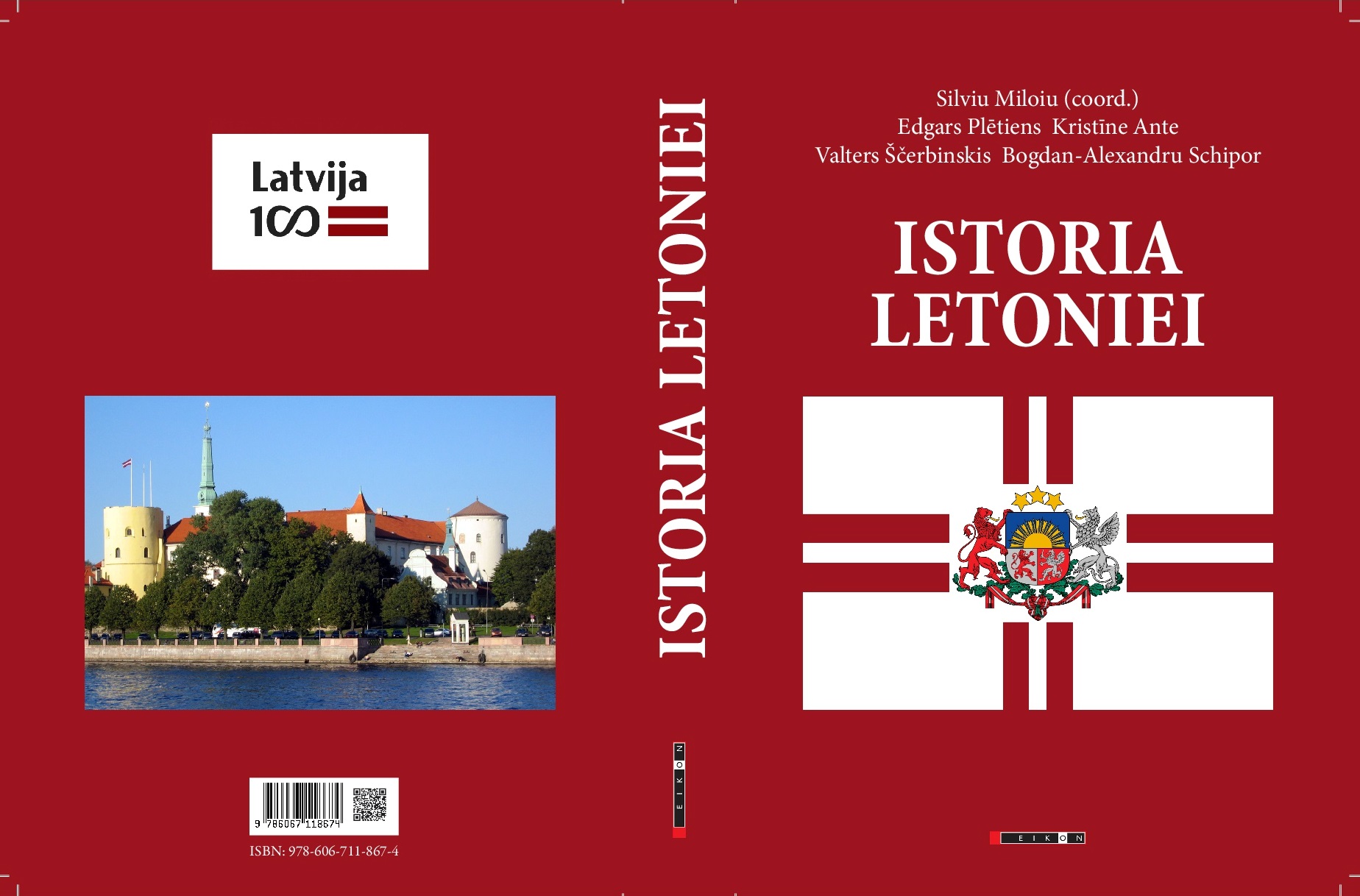
The book approaches the history of Latvia from the earlist traces of human habitat to the present. It is a rather detailed analysis blending methods of political history, social history, economic history, international relations, nationalities studies, etc. and tackling the main lines of history of all communities living or which have lived in Latvia.
More...
Upravo doneti Zakon kojim se rehabilituju svi “ideološki” protivnici komunizma, počinje sa datumom od 6. aprila 1941. što je istovremeno i njegov najzanimljiviji deo. Imali smo priliku da slušamo predlagače i zagovornike zakona1 koji su svojom srčanom odbranom ratnih “ideoloških” protivnika komunizma, nedvosmisleno potvrdili da je čitava stvar i smišljena isključivo zbog njih, a da ih oni posle 1945. ustvari i ne zanimaju, odnosno, da su samo “kolateralna šteta” pokušaja rehabilitacije kvislinga iz vremena Drugog svetskog rata. Saopštili su nam i da bi čitav komunistički period trebalo jednostavno proglasiti zločinačkim čime bi, misle oni, po automatizmu bili rehabilitovani svi njegovi “ideološki” protivnici, a oni ratni proglašeni borcima za pravednu stvar. Zato možemo očekivati da će (kao što se već desilo sa četnicima) ovog puta “demokratama” biti proglašeni nedićevci i ljotićevci, pa će po automatizmu “demokrate” postati i balisti, hortijevci, ustaše, i na kraju, sam nemački Rajh. Svi oni zaista jesu bili “ideološki” protivnici komunizma, ali je, sasvim sigurno, Hitler bio najveći. Zato nije slučajno danas, njihov “ideološki” antikomunizam i početak i kraj svake argumentacije, uz prećutkivanje da su kao protivnici komunizma bili i aktivni protivnici celokupne antihitlerovske koalicije čiji je komunizam bio sastavni deo. Prećutkuje se i da je njihov “ideološki” antikomunizam u tadašnjem shvatanju pojma podrazumevao veličanje nacizma, antidemokratiju, i na prvom mestu, antisemitizam, “slučajno”, baš u vreme kada su milioni Jevreja ubijani u “Velikom Nemačkom Rajhu”.
More...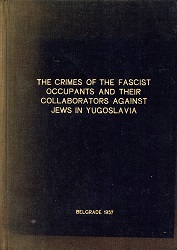

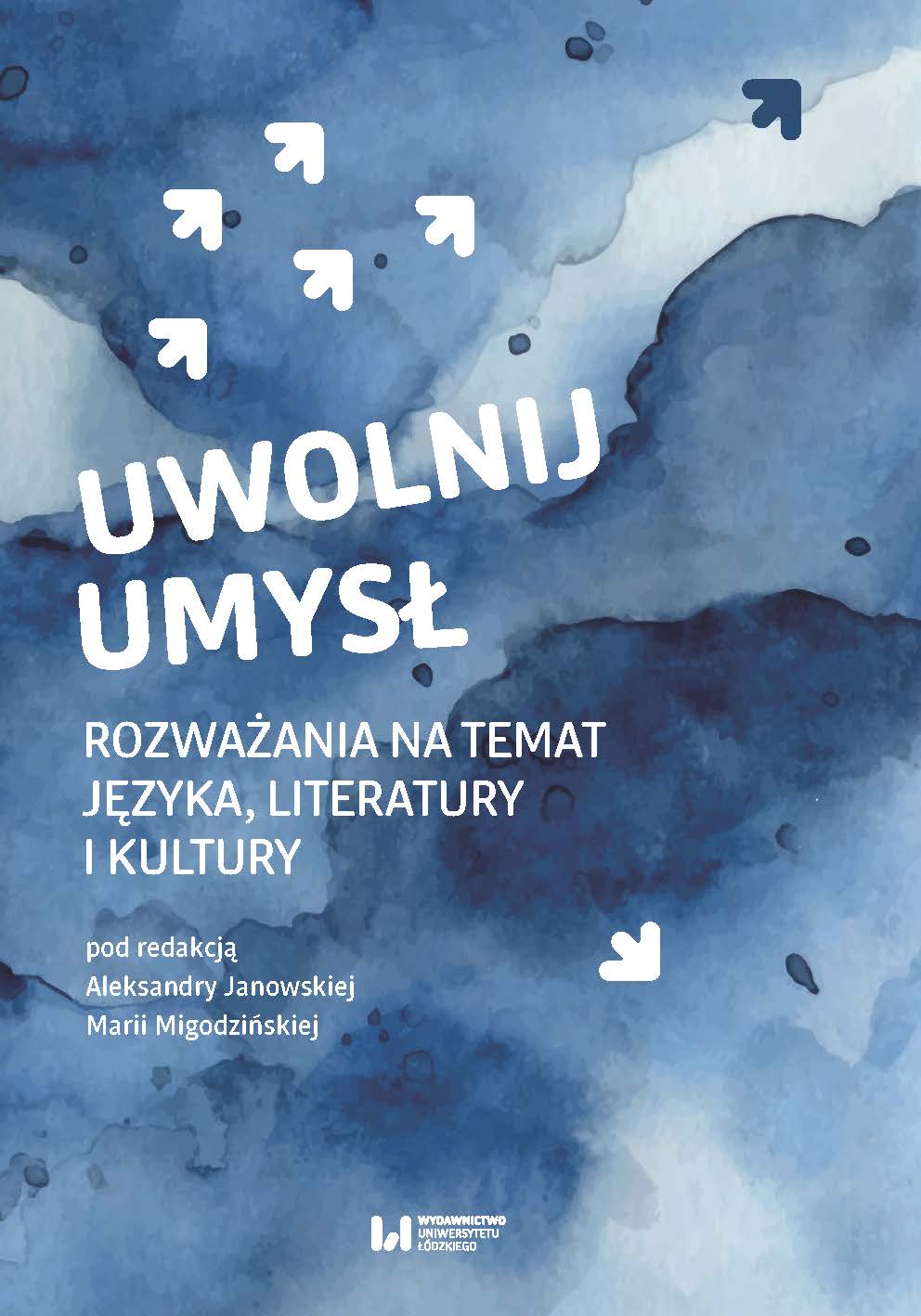
The research premise addresses the question whether and how the historical politics of Germany and Austria affects the cinematic representations of Jews. Both countries are responsible for the consequences of World War II, but they have dealt with their wartime heritage differently. The dissertation investigates to what extent the assumed rhetoric of the debate on Nazism and the Holocaust shapes the cinematic representations of Jews. Also, taking into account the present situation of the Jewish minority in these countries. Selected examples from Austrian and German films make up interesting research material for comparative analysis. By stressing possible similarities and differences between the two national cinemas, it allows to capture certain patterns in presenting Jews as well as indicates their national invariants. The methodological approach draws on theories in the field of memory studies. Particular attention is directed to the question whether analysed films reproduce anti-Semitic stereotypes, or whether their approach is creative and subversive. The dissertation also reflects on the problem whether the generation of Survivors and their descendants are presented in the same way, or whether their cinematic images are constructed in relation to the same or different stereotypes: the Jew as the Other, or the Jew as a Victim?
More...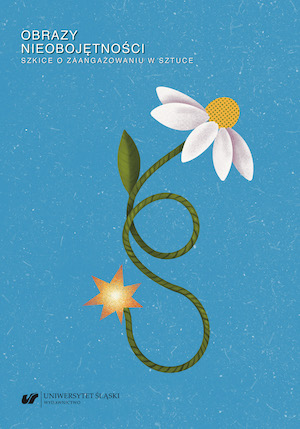
The author of the article focuses on the issue of anti-Semitism in Roman Dmowski’s publications, with particular attention paid to his novel Legacy. In the following steps of the analysis, the author describes the National Democracy ideologist’s attitude towards Jews in his official political writings and long prose pieces published under a pseudonym, showing the interdependencies between these two spheres of activity (political and artistic). The research uses mainly the tools of psychoanalysis and gender studies.
More...